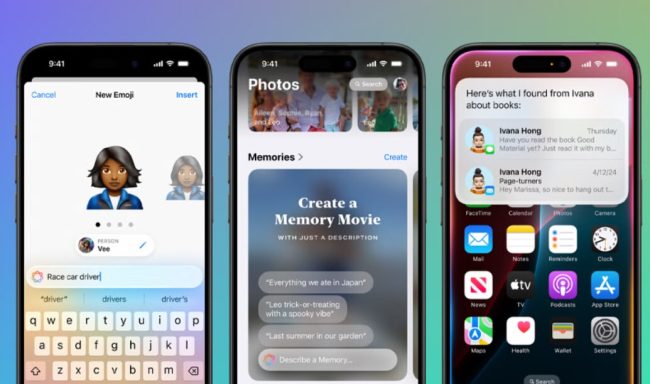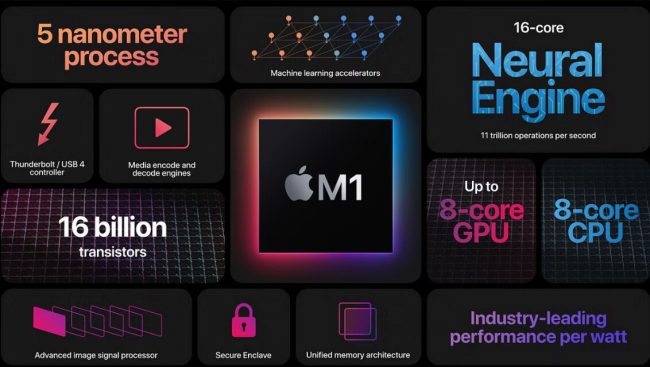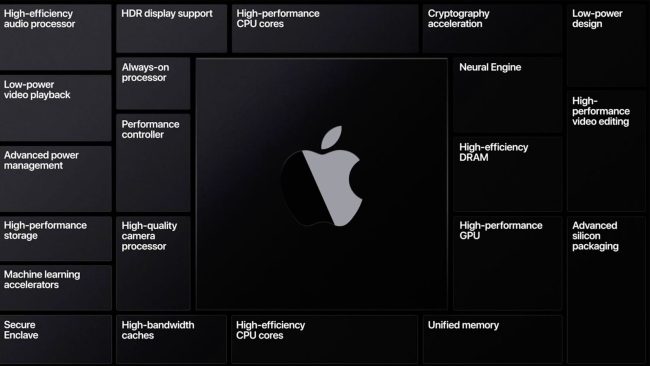Apple’s Silicon Dominance: From iPhones to Data Centers

In recent years, Apple has solidified its position as a silicon powerhouse, redefining the tech landscape with its custom-designed chips. Initially making waves with the A-series processors in iPhones, Apple has since expanded its chip development expertise across its entire ecosystem—from MacBooks to iPads and now, potentially, into data centers.
Revolutionizing Personal Devices
Apple’s silicon journey began in 2010 with the A4 chip in the iPhone 4, and since then, the company has relentlessly improved performance, power efficiency, and integration across its devices. The A-series processors power not just iPhones but also iPads, providing some of the most powerful mobile performance on the market. Apple’s chips are known for their industry-leading performance per watt, allowing for superior battery life and processing power in a sleek, fanless design.
In 2020, Apple introduced the M1 chip for its Mac lineup, marking a pivotal shift away from Intel processors. The M1, followed by the M1 Pro, M1 Max, and the latest M2 series, brought unprecedented levels of power, performance, and integration to MacBooks and desktop Macs. This shift allowed Apple to optimize both hardware and software more tightly, improving speed, graphics performance, and battery life while also reducing the need for complex cooling systems.

Data Center Ambitions
Now, reports suggest that Apple is eyeing an even bigger stage—data centers. While the company has not officially announced plans to compete in the enterprise space, the potential for Apple Silicon to enter the server market is significant. The efficiency of Apple’s chips could lead to vast improvements in data center energy usage, a major concern for tech giants as they scale up cloud services.
Strategic Advantage
Apple’s control over both hardware and software allows it to push the boundaries of what its devices can achieve, outperforming competitors using off-the-shelf chips. While companies like Qualcomm, Intel, and AMD continue to innovate, Apple’s vertically integrated approach has given it an edge in both consumer and enterprise markets.

As the tech industry shifts toward custom silicon solutions, Apple’s dominance across personal devices, and potentially into servers and cloud infrastructure, could reshape the landscape of both consumer electronics and enterprise computing. The future may very well see Apple Silicon powering not just the devices in our hands but the massive data centers that keep our digital world running.
